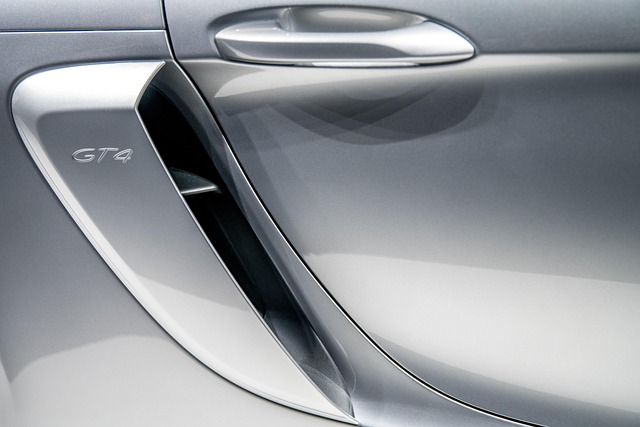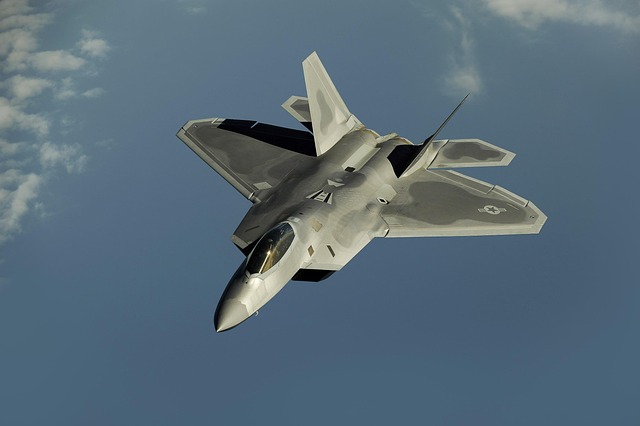Optimizing engine performance through Select Cold Air Intakes (CAIs) improves combustion efficiency by drawing in cooler, denser air from outside the vehicle. CAIs enhance fuel-air mixing, boost power and torque, improve fuel economy, reduce emissions, and enhance engine cooling. Properly designed systems with advanced filtration ensure peak engine health and performance gains for both on-road and off-road use.
In the pursuit of efficient and clean combustion, optimizing airflow is paramount. This article delves into the intricate dynamics of airflow redistribution for enhanced performance in various applications. We explore key strategies such as the integration of cold air intakes to improve efficiency, optimal placement for air intake systems, targeted oxygen delivery to flames, and balanced air distribution for complete burn. By selecting the right cold air intakes, you can significantly optimize combustion, reducing emissions and enhancing overall system effectiveness.
- Understanding Airflow Dynamics for Combustion
- The Role of Cold Air Intakes in Efficiency
- Selecting the Optimal Air Intake Position
- Enhancing Oxygen Delivery to Flames
- Balancing Air Distribution for Complete Burn
- Optimizing Combustion for Reduced Emissions
Understanding Airflow Dynamics for Combustion

Understanding Airflow Dynamics for Combustion is key to achieving optimal performance in any internal combustion engine. Airflow plays a crucial role in how fuel and air mix, igniting to create power. Efficient combustion requires the right balance of oxygen and fuel, and this starts with proper airflow management. By redistributing airflow, you can enhance combustion efficiency, leading to better fuel economy, reduced emissions, and improved overall engine performance.
One effective strategy is to incorporate Select Cold Air Intakes. These systems draw in cooler air from outside the vehicle’s cabin or engine bay, which is denser and contains more oxygen than warm, humid air inside the car. This influx of cold, high-density air improves fuel-air mixing, enhancing combustion. Additionally, Select Cold Air Intakes often use high-flow air filters that allow for increased airflow without sacrificing filtration, contributing to auto cooling enhancements and better mileage in your vehicle.
The Role of Cold Air Intakes in Efficiency

The incorporation of cold air intakes (CAIs) plays a pivotal role in enhancing combustion efficiency within an engine. By strategically routing cooler, denser air directly into the engine’s combustion chamber, CAIs facilitate a more efficient burning process. This simple yet powerful upgrade ensures that the fuel-air mixture is optimally diluted, promoting better combustion and resulting in improved engine power and performance.
Selecting the best CAI for engine power is crucial, as it must be tailored to the specific engine architecture to ensure optimal airflow. Efficient engine cooling solutions are also a key benefit of well-designed CAIs, as they help maintain ideal operating temperatures by drawing in cold air from external sources. These upgrades, when implemented correctly, can transform a vehicle’s overall performance, making them a popular choice among car intake enthusiasts seeking both power gains and enhanced fuel efficiency.
Selecting the Optimal Air Intake Position

When it comes to enhancing combustion and overall engine performance, the location of your air intake plays a significant role. One strategic approach is to select cold air intakes (CAI) strategically, ensuring they are positioned to draw in cool, dense air from outside the vehicle’s engine bay. This is crucial for optimal performance, as cooler air contains more oxygen molecules, which can significantly boost combustion efficiency. By carefully considering the dynamic air admission systems, you can achieve a smoother flow of air into the engine, resulting in increased power and torque.
For off-road enthusiasts or those seeking maximum engine power, focusing on the best CAI for their specific needs is essential. Proper placement of these intakes can create a more efficient combustion process, allowing your engine to breathe better. This, in turn, can lead to improved throttle response and overall vehicle performance. Whether you’re modifying a street car or preparing a race machine, understanding how to select cold air intakes strategically is a key aspect of achieving optimal combustion.
Enhancing Oxygen Delivery to Flames

Optimizing airflow is a key aspect of achieving efficient combustion, and one effective strategy involves enhancing oxygen delivery to flames. This can be accomplished by employing cold air intakes (CAIs), which redirect cooler external air into the engine’s combustion chamber. By doing so, CAIs ensure a steady supply of fresh oxygen, thereby improving fuel ignition and burn rates. This is particularly beneficial for high-performance engines where precise control over airflow is crucial.
Selecting the right cold air intake system, such as those designed with advanced filtration and optimized ducting, can significantly enhance engine performance. These systems not only deliver more oxygen but also improve overall engine cooling, which is essential for maintaining efficient combustion. In comparison to traditional open air induction systems, CAIs offer a more direct path for cold, dense air, resulting in better power output and fuel efficiency while promoting efficient engine cooling solutions. Regular cold air intake maintenance ensures these systems continue to operate at peak performance, contributing to the overall health of the engine.
Balancing Air Distribution for Complete Burn

Achieving optimal combustion requires a delicate balance in airflow distribution. One key aspect is ensuring that a sufficient amount of cold air enters the engine, which can be optimized by strategically placing and selecting cold air intakes (CAI). These intakes play a crucial role in drawing in the right mixture of air and fuel, facilitating a complete burn within the combustion chamber.
By utilizing lightweight cold air feeders or open air induction systems, mechanics can enhance the overall efficiency of engine cooling solutions. This careful management of airflow ensures that no part of the engine is starved of cool, dense air, resulting in improved performance and reduced emissions. A balanced air distribution paves the way for a more robust and efficient combustion process, ultimately contributing to better fuel economy and engine longevity.
Optimizing Combustion for Reduced Emissions

Optimizing combustion is a key strategy to reduce vehicle emissions and enhance overall performance. By carefully controlling the airflow, engines can achieve more efficient burning of fuel, leading to cleaner exhaust gases. One effective method to accomplish this is by employing select cold air intakes (CAI). These systems redirect cooler, denser air from outside the cabin into the engine, providing a rich supply of oxygen that supports complete combustion.
Additionally, integrating high-flow air filters and car intake upgrades can further enhance airflow dynamics. A well-designed CAI installation ensures optimal turbulence and mixing of air and fuel, resulting in reduced emissions and improved engine responsiveness. These modifications not only contribute to environmental benefits but also offer enhanced driving pleasure by providing more power and better control over the vehicle’s performance.
Redistributing airflow for optimal combustion is a key strategy to enhance engine performance and reduce emissions. By understanding the dynamics of airflow, engineers can strategically place cold air intakes to improve efficiency. This involves selecting the ideal intake position, enhancing oxygen delivery to flames, and balancing air distribution for complete burn. Such meticulous adjustments not only optimize combustion but also underscore the importance of choosing the right cold air intakes as a game-changer in achieving efficient and clean burning.



